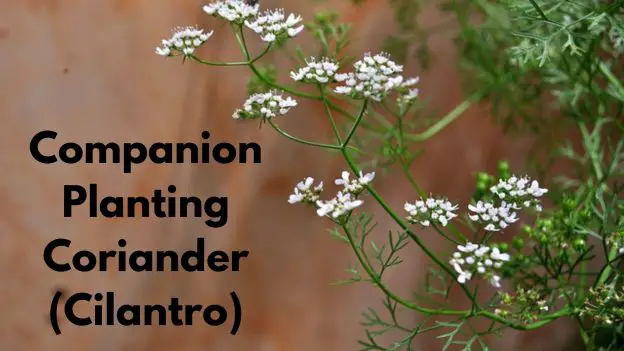Apparently there are 2 types of people those who like coriander and those who can’t stand it, I fall into the second category. That doesn’t mean I don’t appreciate the benefits of companion planting coriander (cilantro). There are some interesting qualities to coriander so read on to find out more.
Companion Planting Coriander
Coriander (cilantro) is a versatile herb and both the leaves and seeds are used in the kitchen. Companion planting coriander (cilantro) will help to keep aphids away from your plants. Allow coriander to flower to attract bees, hoverflies and other useful pollinators to your garden.
What To Grow With Coriander (Cilantro)
As with all plants some are more of a hindrance than a help, and coriander is no different so let’s start with the plants it will benefit.
Anise and Coriander

Companion planting coriander with anise is beneficial to the anise. In fact sowing anise seeds close to growing coriander will increase germination rates of the anise seeds.
Cabbage and Coriander
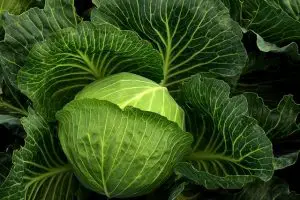
If you companion plant coriander along with anise, chervil, and dill and grow these near your cabbages or other brassicas, you will keep most pests away.
Carrots and Coriander

By using the same combination, coriander, anise, chervil, and dill will keep pests away from your carrots. The main pest for carrots is the carrot root fly. Using the coriander plus other herb combination disguises the carrot smell keeping the carrot root fly away.
Tomatoes and Coriander
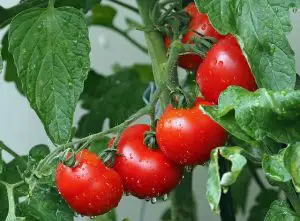
Growing coriander as a companion for tomatoes will deter aphids and if growing tomatoes in the greenhouse, coriander will also deter red spider mites.
Potatoes and Coriander

Coriander is known to repel the potato beetle. So scatter a few coriander plants around your potato plants to save damage.
Cucumbers and Coriander

For exactly the same reasons as tomatoes, namely aphids and red spider mites, coriander makes a great companion plant for cucumbers.
Peppers and Coriander

For every plant there seems to be an aphid, and peppers are no exception. To keep aphids away from peppers and also to keep red spider mites away, grow coriander as a companion plant.
Chillies and Coriander
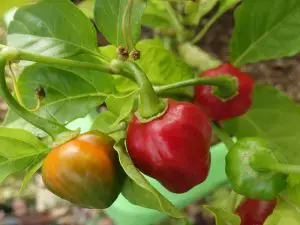
Much like their relatives peppers, chillies fall prey to aphids and red spider mites. Growing coriander as a companion plant, will keep these pests away and increase the chances of pollination too.
Herbs and Coriander
I covered anise earlier, but to save time and space, coriander makes a good companion for most herbs. Particularly chervil, dill, and anise, but also parsley, thyme etc…
Using Coriander With Other Herbs As a Pest Deterrent
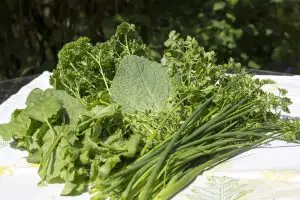
Coriander, chervil, anise, and dill, planted as a group deters many pests. This is mainly due to the strong aromatic combination that disguises your crops from pests.
Making A Spray From Coriander To Deter Pests
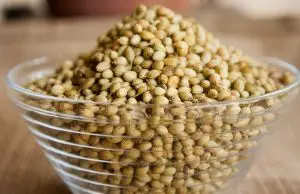
To deter red spider mites from your plants, a simple spray can be made from coriander. Just crush 200 grams of coriander seeds in a pestle and mortar boil in 1 litre of water for 10 minutes. Allow to cool, then strain and dilute into 2 litres of water.
Spray infected plants early in the morning and repeat if necessary. This will deter red spider mites and is also anti fungal. Thanks to the Online Information Service for Non-Chemical Pest Management in the Tropics.
What Not To Grow With Coriander
This is a short list in fact it’s just one plant.
Fennel and Coriander
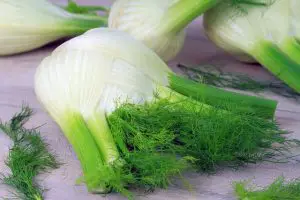
This is a bad combination for both plants. If planted close together they will have a negative effect on each other. So to get the best from both plants keep them well away from each other.
Fennel is well known to be a bad mixer, but this works both ways.
Some Interesting Facts About Coriander
According to some sources the confusion over the names of coriander and cilantro could have arisen in the following way. The plants are actually named cilantro, but the seeds are called coriander. I can imagine an English grower way back when, given some seeds (coriander) and of course logically he would call the plant (cilantro) the same name as the seeds.
Coriander is related to the carrot family, and like most members of this family, it has a deep tap root. This allows for a long growing season but also means coriander does not like to be moved once established.
According to archaeologists, coriander has been cultivated for over 3,000 years. Seeds have been found in tombs from the 21st Egyptian dynasty (1085-945 BC).
The herb is still to this day one of the bitter herbs traditionally ate at the passover by Jewish people.
Coriander was brought to Northern Europe by the Romans and made its way to America via the European settlers.
The Romans used coriander mixed with cumin and vinegar as a meat preservative.
The Chinese used to believe it gave the consumer immortality.
In the Middle ages it was used as an aphrodisiac and added to love potions.

